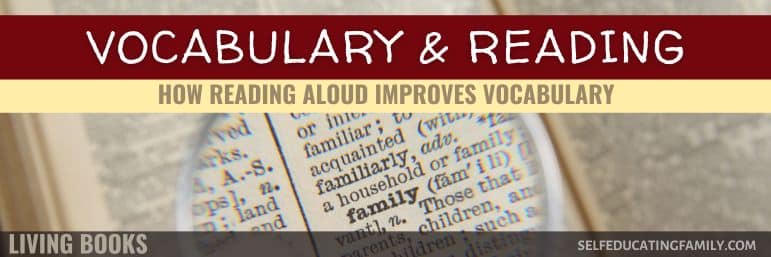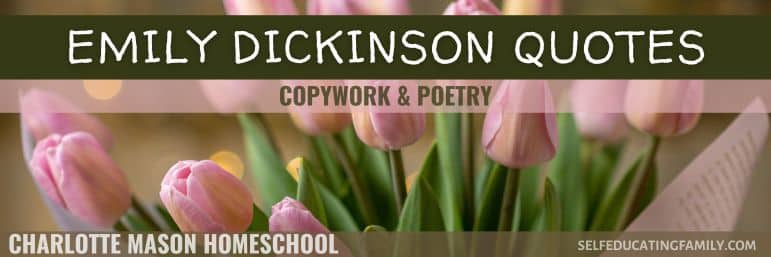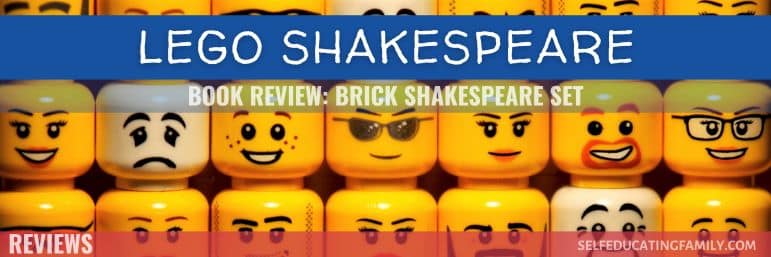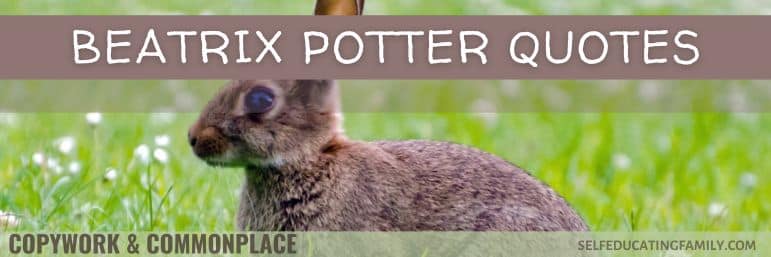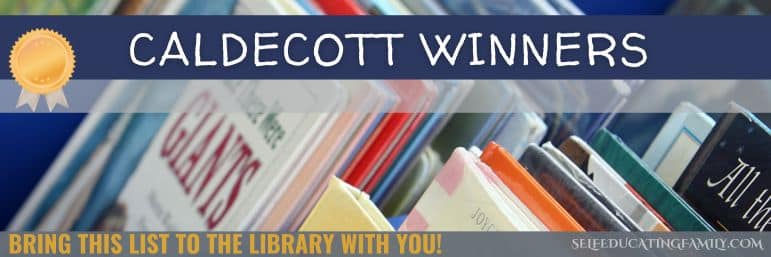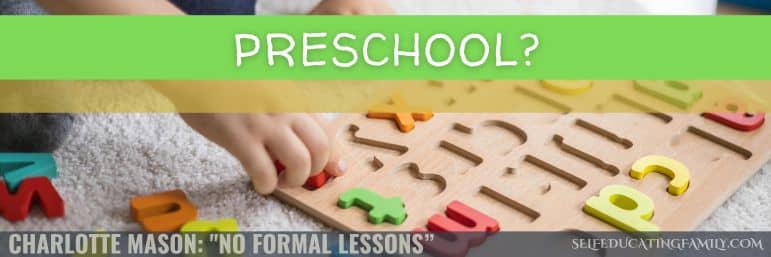What’s inside: Vocabulary is linked to reading more than talking. Did you know that reading books aloud to kids improves their vocabulary? We’ll look at pictures books and young kids specifically. Simply reading picture books aloud to kids increases their vocabulary and will help your young learner become a self-learner.
This post may contain affiliate links. If you find my content valuable and make a purchase through one of my links, I will earn a commission at no cost to you, which helps me keep this blog going so I can help you even more! I recommend products I trust and/or use myself, and all opinions I express are my own. Read the full disclaimer here.
Why Picture Books are Astonishingly Good at Increasing Vocabulary in your Children
The words in a picture book are usually topic-rich – in other words, they have depth of vocabulary, not necessarily breadth. Why would that matter?
According to a 2019 study1, kids who were read to by their parents (an average of 5 books a day) had heard over 1.4 MILLION additional words by the time they reached kindergarten age. Over a million words heard compared to kids who weren’t read to.
That’s a lot of words.
Average Vocabulary
But most of our language uses only 20% of the words available. We just don’t talk with a lot of different words. But a story! Well, not only does it have unusual words, many of the words are often almost never heard in ordinary conversation.
In the same study mentioned. they looked at the type of words in children’s books and found that most of them were not ordinary conversational English. So they had an abundance of new or topic-specific words that the kids would not normally hear if not read to.
Do homeschoolers have an advantage in vocabulary & reading?
If you use living books in your curriculum, you certainly have an advantage since reading books is a daily part of life.
Just know that reading to your youngsters can set them up for greater success than if you don’t.
According to the Child Mind Institute2, “consistent exposure to a wide variety of language patterns” helps babies develop language skills.
“Exposure to words is the single most important thing that you can do to help build the language pathways in your child’s brain,” says Laura Phillips, PsyD, a neuropsychologist. ‘Reading and exposure to words helps kids maximize their language and cognitive capacity.’ Even the tactile experience of holding or touching a book supports babies’ cognitive development.”
Homeschoolers are primed for this! We generally spend more time reading to our kids both inside and outside of school time. And sure, there are lots of parents who spend time reading to their kids, but we do it inside school time also.
What should I read?
Living books make it all the more easy to work this magic. Your kids like the books and so do you. (Note: Just because a book is considered a “living book” doesn’t mean you have to like it. Find the ones that work for your family. And avoid twaddle!)
I went through some of the Caldecott Medal Winner Books to really look at the vocabulary. These children’s books are given awards for their illustrations – not for their writing. I felt that that was a nice way to find some books that you and your kids might enjoy as their little minds are growing.
And don’t forget that older kids can read easy (below their reading level) books to their younger siblings. Reading aloud itself helps improve vocabulary too – not just listening to a book being read. So both kids win.
Back to our Caldecott medal winners. Not Newberry (the award for writing of picture books) but Caldecott (the award for illustration of children’s books.)
I think these examples show that even a well-illustrated children’s book will contain a deep layer or vocabulary-rich words.
Examples of vocabulary from reading Children’s books
Here are some of the books with specific references. For a full list of Caldecott Winners, you can download the list here, or read about our top favorites.
Full list of Caldecott Medal Winners
Many Moons
For example, Many Moons by James Thurber, illustrated by Louis Slobodkin and winner of the 1944 Caldecott, is a story about Princess Lenore who wants the moon. I’m going to assume your child has probably heard “princess” and “kingdom” and other royal words. But listen to this sentence:
“One day, Lenore fell ill of a surfeit of raspberry tarts and took to her bed.”
!!! I don’t think “surfeit” is in my working vocabulary, though I did know what it meant. Contextual clues can help someone hearing the word for the first time.
Here’s a short list of unusual words in this book:
- desires, lute, winked
- bell cord, handkerchief
- Lord High Chamberlain, Chief Mathematician, Court Jester
- scroll, parchment
- compounded philters, ungents, and potions
- asbestos, goldsmith
- fireworks, cascades, fountains, sparks
And here’s one more astonishing sentence that I bet no one other than someone reading this story would ever come up with!
“I have got ivory, apes, and peacocks, rubies opals, and emeralds, black orchids, pink elephants, and blue poodles, gold bugs, scarabs, and flies in amber, hummingbird’s tongues, angels’ feathers, and unicorn’s horns, giants, midgets, and mermaids, ambergris, and myrrh, troubadours, minstrels, and dancing folk, a pound of butter, two dozen eggs, and a sack of sugar – sorry, my wife wrote that in there.”
Such a lot of fun words!
White Snow Bright Snow
Here’s another example: White Snow Bright Snow by Alvin Tresselt and illustrated by Roger Duvoisin.
This Caldecott winner from 1948 starts with a poem and then breaks into a story that follows a policeman, a farmer, a postman, and a policeman’s wife through a winter. Plus the rabbits and the children. This is a very quiet type of book and good for going-to-bed reading.
Here are some great vocabulary words.
Verbs (and verb forms):
- Sifting, drifting, scurried, whispering, buttoned, sparkled, stirred, crouched, milked, drip-drip-dripped, gurgled, delivered.
Nouns:
- trenches, cough mixture, medicine mixture, burrows, gutters, chimneys, blossoms, street lamps, mustard plaster, ice ferns, overhead, automobiles, raisins, church steeple, eyebrows, icicles, patches, pussy willows, dunce caps, rain pipes, puffs, barnyard, lilac bush, crocuses and snowdrops.
Adjectives & Adverbs:
- gently, softly, smooth, frozen, secret, powdery, lacy, snug, silently, woolen, muddy.
These are all in one book that takes 15 minutes to read aloud. Maybe longer if you pause at the illustrations. A lot of vocabulary opportunities!
And you have to see, that a simple list of these words does not have the same impact as if you were involved in the story, looking at the pictures, seeing the policeman get a cold, and following what happens to all of the characters involved.
The Little Island
Here’s my last example. The Little Island by Margaret Wise Brown (Goodnight Moon and many others) and illustrated by Leonard Weisgard tells the story of a little island in the middle of the sea who meets a little kitten. It’s a lovely, fanciful tale – very gentle.
The words are naturally related to the situation: island, sea, waves, winds, shore, ocean, fog. But the arrangement of certain descriptions is picturesque:
- “violets with golden eyes”
- “little waxy white-pink chuckleberry blossoms”
- “tickly smelling pear tree”
- “seaweed squeaked at low tide
- “as Big is Big”
- “waves as big as glassy mountains”
This book sounds lovely to read aloud.
Reading & Vocabulary
I hope these examples convince you to read aloud to your kids, babies, toddlers, preschoolers, all the way through the teen years. Select well told tales with rich words. You will get your child off to a good start as a young learner.
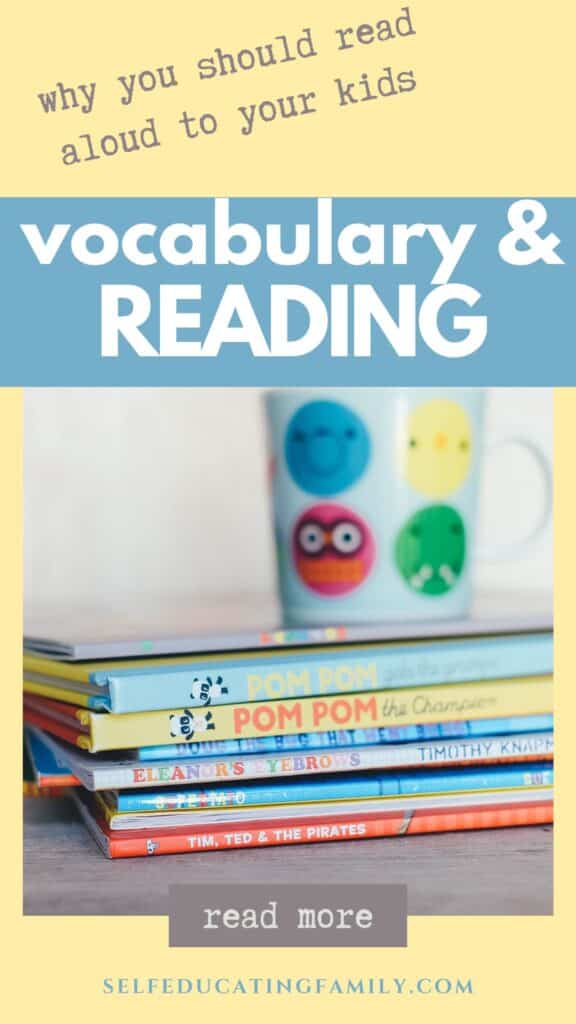
Keep on Learning
Related Posts
Footnotes
- 1 Ohio State University. “A ‘million word gap’ for children who aren’t read to at home.” ScienceDaily. ScienceDaily, 4 April 2019. https://www.sciencedaily.com/releases/2019/04/190404074947.htm
- 2 https://childmind.org/article/why-is-it-important-to-read-to-your-child/
- The Million Word Gap Study | Science Daily
- Why Is it Important to Read to Your Child? | Child Mind Institute

